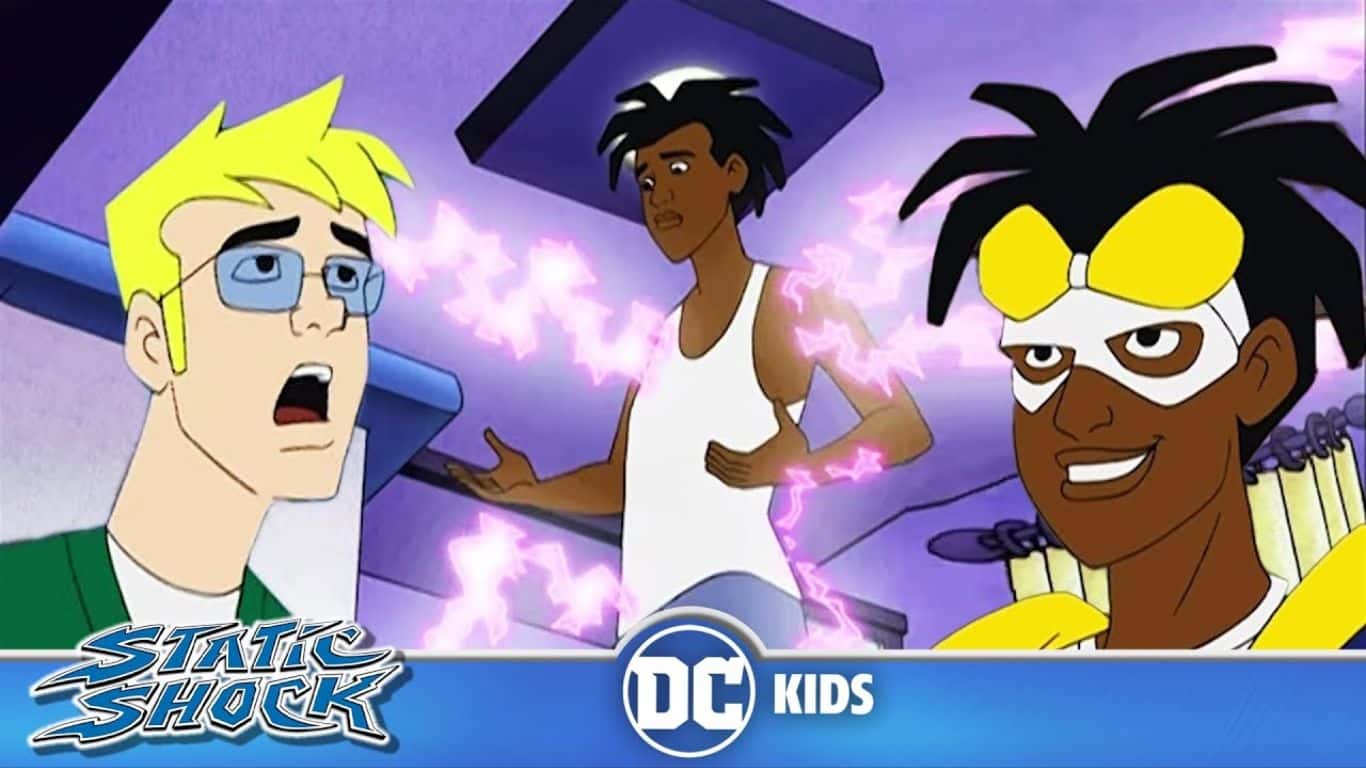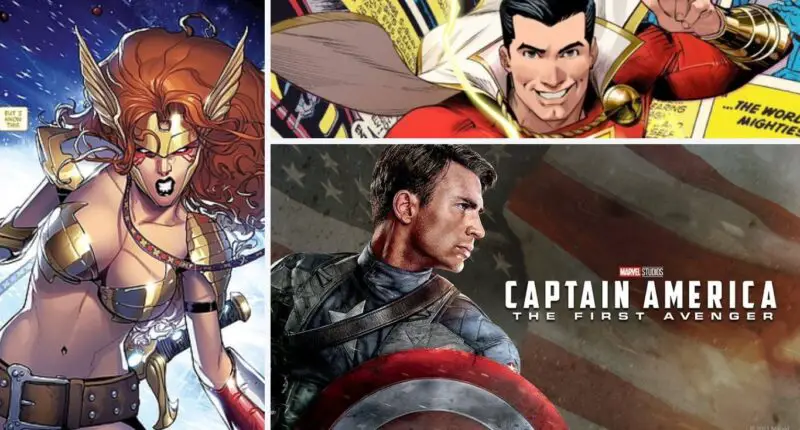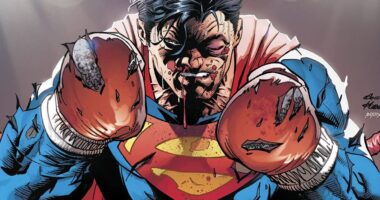The universes of Marvel and DC comics are undoubtedly some of the most iconic and beloved in the world of comics, but they are not the only ones. There are numerous other comic book universes that have captured the imaginations of fans and have created their own unique roster of characters. In this article, we will take a look at 7 non-marvel and dc characters who became part of their universes. These characters have earned a place in the hearts of fans and have proven that you don’t need to be a part of the big two to make a lasting impact in the comic book world. From Image Comics to Dark Horse, these characters have paved the way for a more diverse and inclusive comic book industry.
7 Non-Marvel and DC Characters Who Became Part of Their Universes
Plastic Man

Initially introduced in Quality Comics, Patrick ‘Eel’ O’Brien’s early life was that of a criminal who was shot during a robbery. However, his fate changed when he was exposed to unidentified chemicals, which granted him stretchy abilities. After recovering from his injuries at a monastery, he decides to use his newfound abilities to fight crime.
Following Quality Comics’ closure in 1956, DC Comics acquired the rights to many of their characters, including Plastic Man. The character was subsequently integrated into the DC universe and eventually became a member of the Justice League, often providing comic relief. With multiple comic book titles, TV appearances, and animated film appearances to his name, many fans are likely to assume that he is a DC original character.
Miracleman

This one’s a bit of a tangled web. Originally named Marvelman, this character was created by a UK publisher as a replacement for Fawcett’s Captain Marvel. When the company decided to discontinue Captain Marvel, L. Miller & Son Ltd. created their own character to fill the void. This character’s run ended in 1963 when the company went bankrupt.
In the 1980s, there was a decision to revive the character, but Marvel threatened legal action over the name. As a result, the character was renamed Miracleman. Eclipse Comics ultimately acquired the rights to the character but also went out of business. Neil Gaiman made attempts to secure ownership rights to Miracleman, but Todd McFarlane ended up purchasing all of Eclipse’s properties. Although he claimed ownership, the purchase did not actually include the Miracleman IP. Marvel eventually regained ownership of the character and began reprinting some of the older stories, with new stories written by Gaiman being released before they were abruptly halted.
Captain Marvel/Shazam

Originally known as Captain Marvel, the character we now know as Shazam was introduced by Fawcett Comics in 1939. At one point, his adventures even outsold those of Superman, prompting DC Comics to file a copyright infringement lawsuit against Fawcett, claiming that the character was too similar to the Man of Steel. As a result, the character’s books ceased publication in 1953 and he disappeared from the public eye.
However, in 1972, Fawcett licensed the character to DC Comics for new stories. By 1991, DC had acquired all of Fawcett’s characters, and Captain Marvel, along with his Marvel Family, became fully integrated into the DC Universe. He has since become a popular character and even received his own live-action film in 2018 that tied into the DC Extended Universe. The film saw the character briefly sharing the screen with his former copyright rival, Superman.
Static Shock

Milestone Comics was established by a group of African American writers and artists with the aim of promoting diversity in the comics industry. Although they published their works through DC Comics, they were an independent company and DC had no editorial control over their comics. Despite the short duration of the comic line, one of their characters, Static, gained popularity through an animated TV show.Milestone began publishing comics in 1993, but discontinued their comic book line in 1997 to focus on cartoons. In 2008, it was announced that the characters from Milestone Comics would be integrated into the DC Universe. During this time, Static received the most attention and joined the Teen Titans.
Angela

In 1993, Todd McFarlane hired a group of writers to contribute stories to his Spawn comic book series. One of those writers was Neil Gaiman, who created the character of Angela as an angel who was in direct conflict with Spawn and attempted to kill him. However, during the legal dispute over the ownership of Miracleman, Gaiman decided that he wanted to own the rights to Angela. He subsequently sued McFarlane and won the case.
Once Gaiman obtained the rights to Angela, he promptly sold her to Marvel. It was later revealed in the Original Sin event that Angela was the daughter of Odin and the sister of Thor. She has since become a member of The Guardians of the Galaxy and even led her own team in Strikeforce.
Wildstorm

Although DC Comics had previously acquired other comic book companies and incorporated their characters into their universe, Wildstorm was unique in that it was still an active publisher operating under its own imprint alongside DC. However, in 2010, Jim Lee’s studio was brought under the DC banner and all titles under the Wildstorm imprint came to a close, leading to the official closure of the imprint. The following year, DC announced the New 52, a reboot of its universe, and revealed that the Wildstorm characters would be incorporated into this new continuity. Grifter was given his own series and some members of Gen 13 joined The Ravagers, a splinter group of the Teen Titans.
Captain America

Captain America first appeared in Timely Comics and was given his own comic book series. After ten years, the series was cancelled and an attempt to revive the character in 1953 by Atlas Comics failed to gain traction. This was due to a lack of interest in World War II themes and superheroes being out of fashion at the time. However, in 1963, Captain America was reintroduced in issue #4 of Marvel Comics’ The Avengers after being discovered frozen in ice. He was successfully revived and has remained a beloved character in the Marvel Universe ever since.
Also Read: 10 Surprising Facts About Spider-Man’s Web



